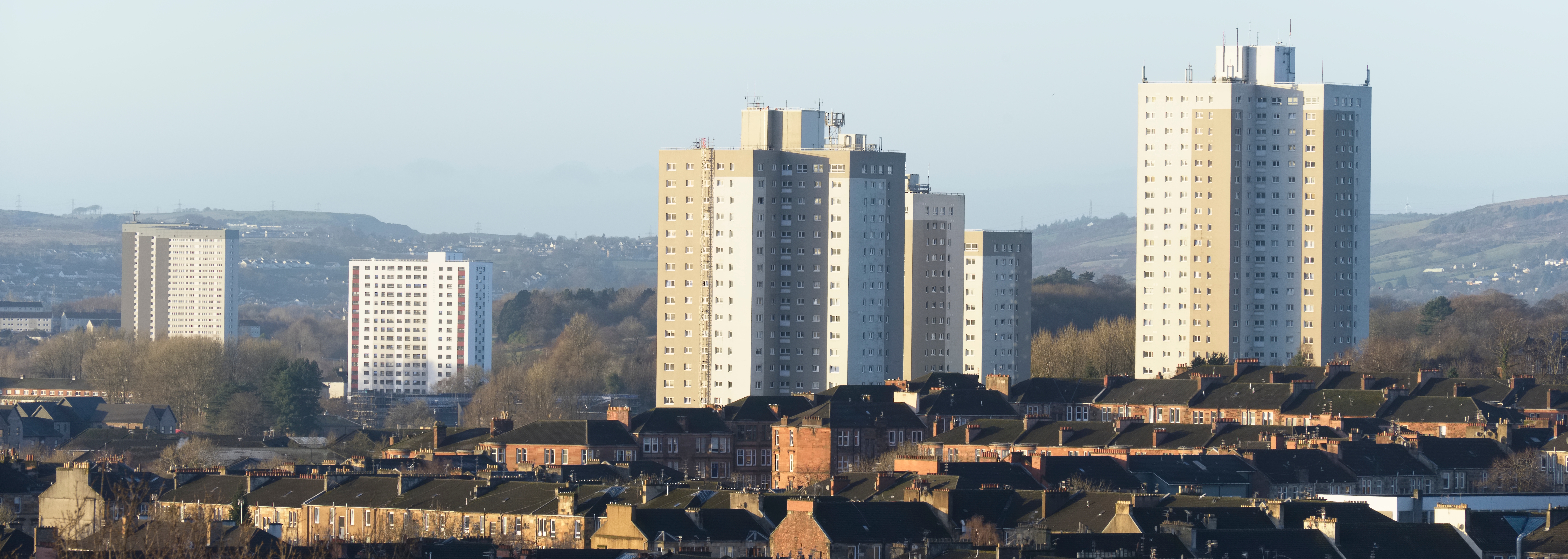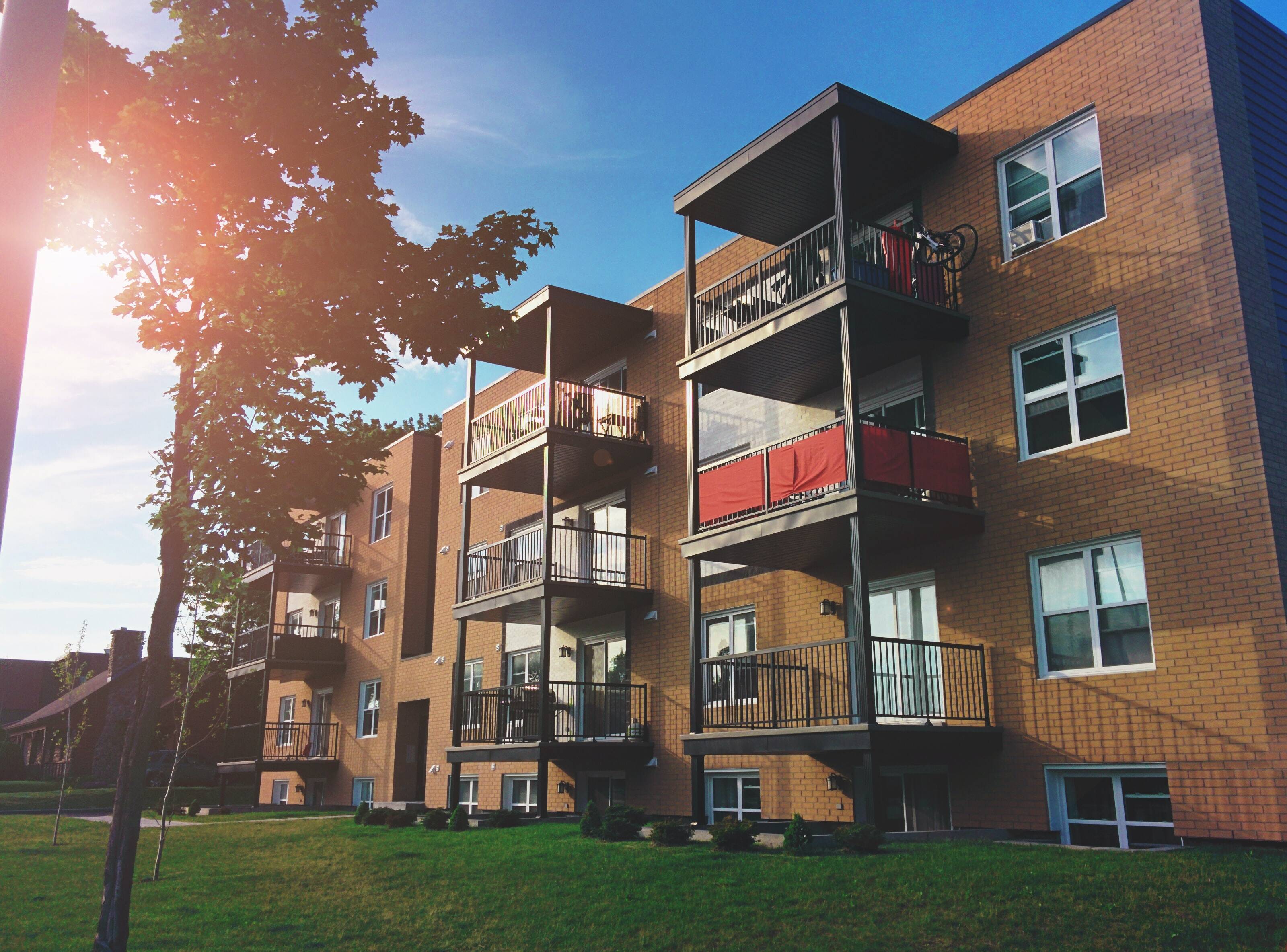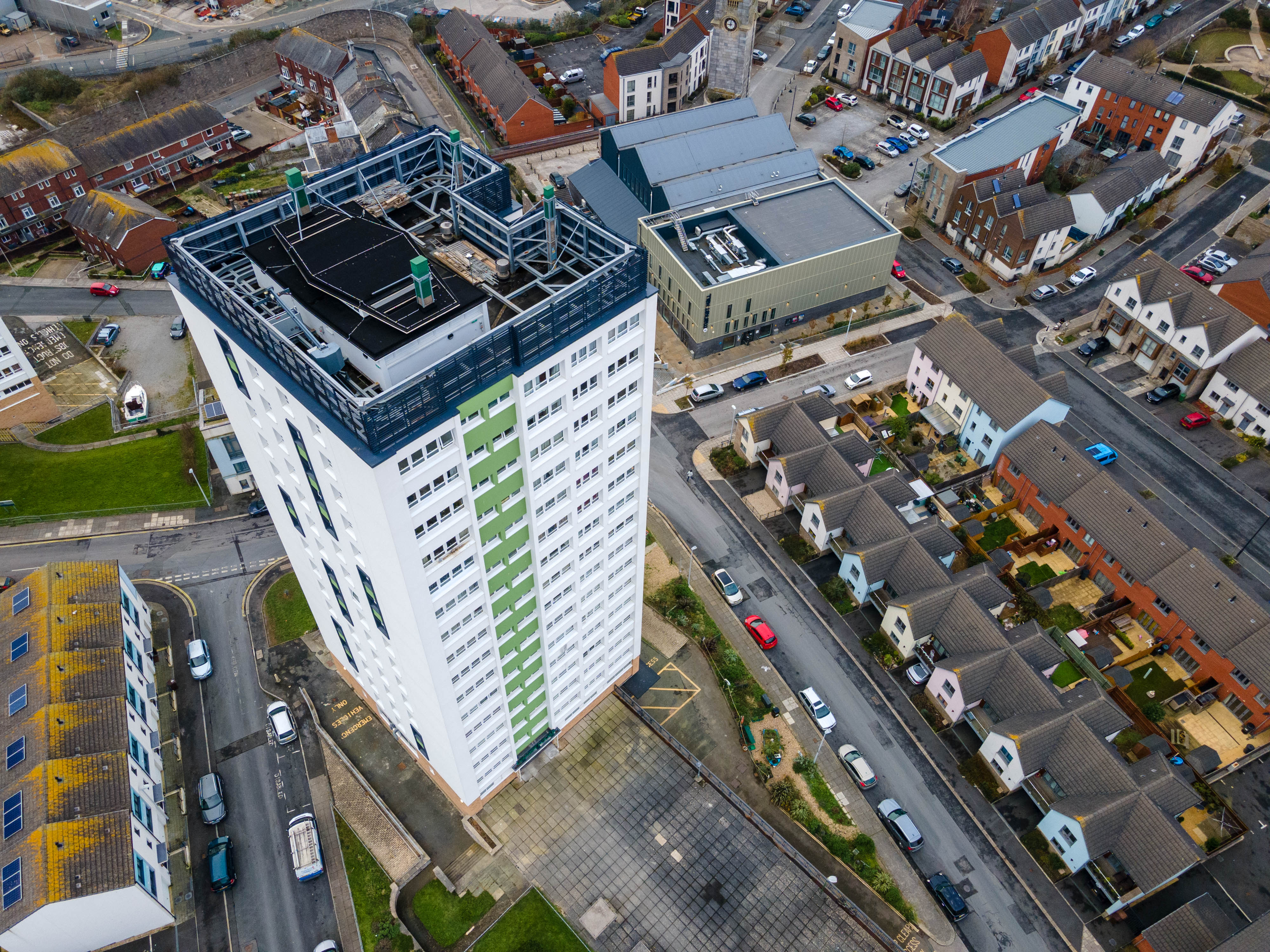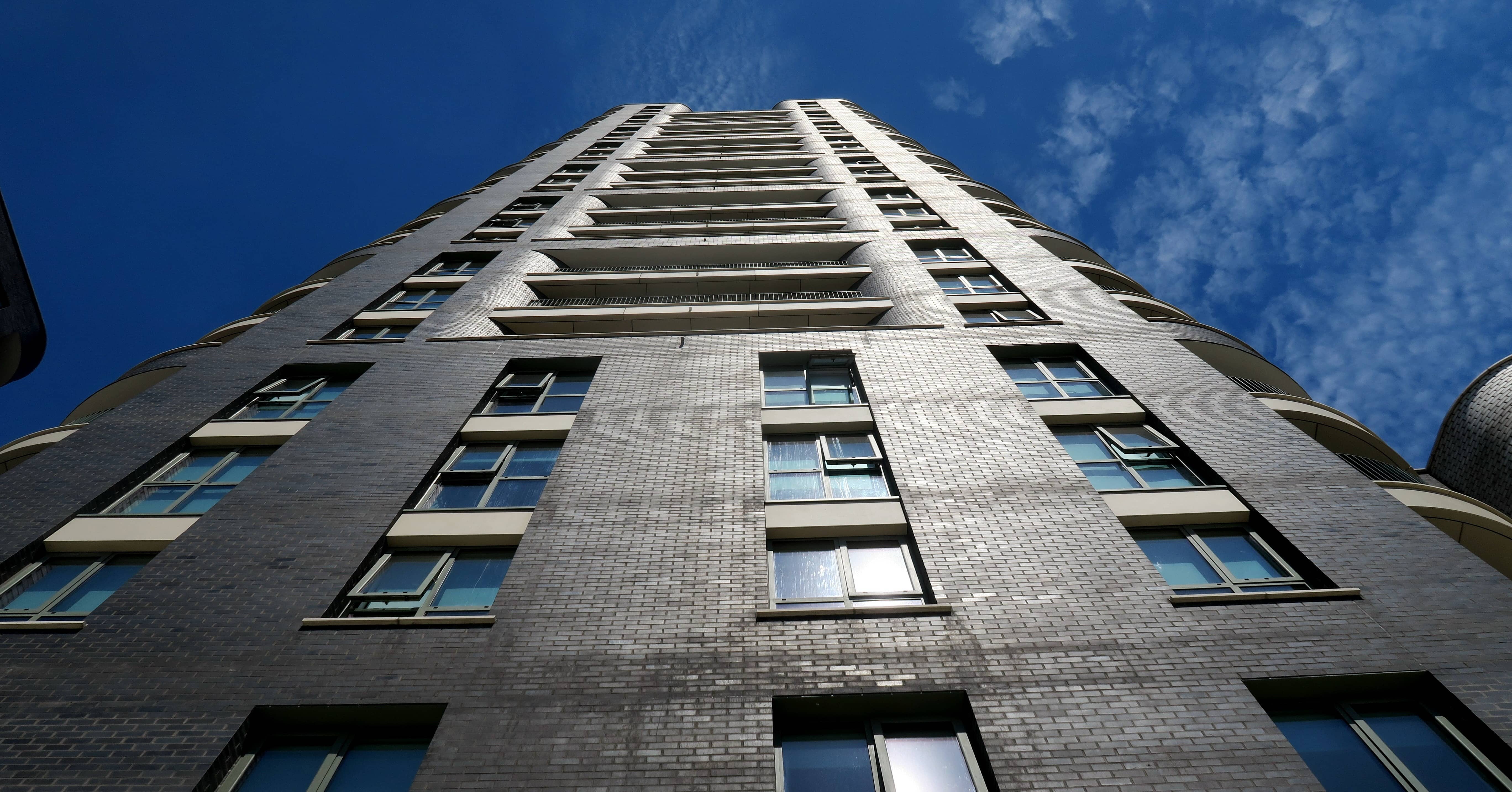Everything You Need to Know: Duty Holder Role and Responsibilities
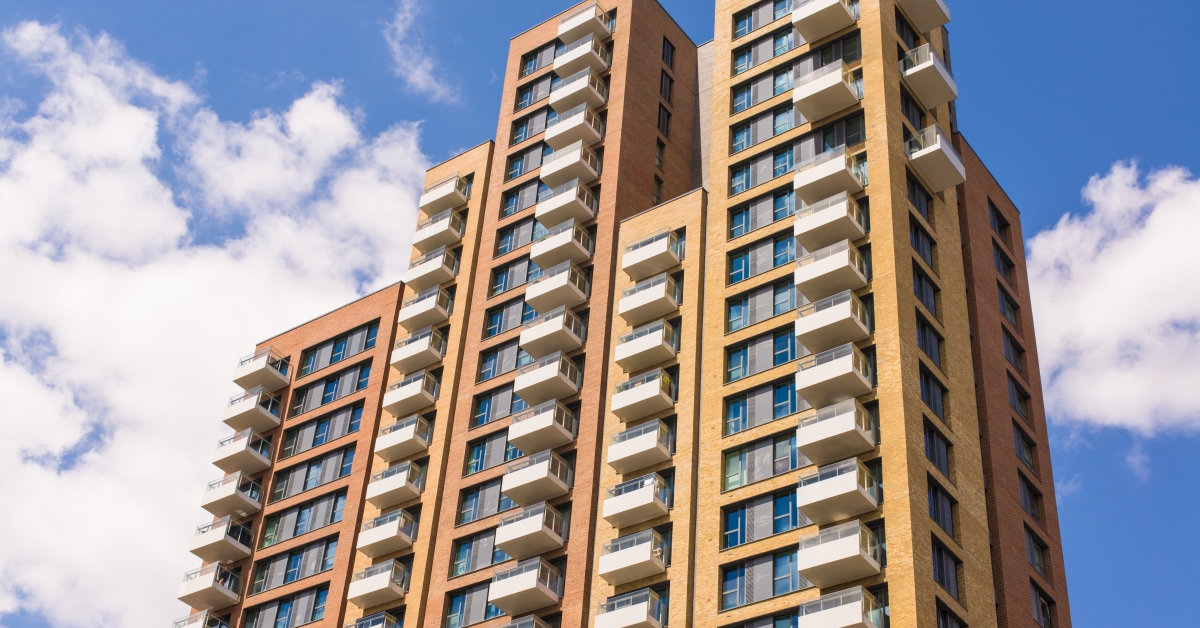
The recent Building Safety Act, which became English law on 28th April 2022, brings new regulations designed to raise the bar of residential building safety across the nation.
But beyond the stricter building safety requirements, the new Act’s main aim is to improve the accountability of the parties involved in key phases of a building’s life cycle.
From those who commission building work to companies and entities that participate in a building’s design, construction and occupation — the Act ensures the parties involved are kept accountable for the safety of a building, its residents and the community as a whole.
It does this through a new duty holder regime as outlined in the Hackitt Report — the Independent Review of Building Regulations and Fire Safety conducted by Dame Judith Hackitt, following the Grenfell Tower tragedy.
- Definition of Duty Holder
- The Duty Holder Role in the Context of the Building Safety Act
- Duty Holder Responsibilities
- Duty Holder vs Accountable Person: What’s the Difference?
Definition of Duty Holder
Duty holders are the persons or organisations who play a key role in certain stages of a building’s life cycle. Duty holders may be the entities who commission, design, build and manage buildings — and do so in compliance with building regulations.
These entities are to be held accountable for the health and safety standards of the building and are responsible for the planning, management and monitoring of building regulations. .
In the context of complex development projects, key duty holders are identified as:
- Clients
- Designers
- Principal designers
- Contractors
- Principal contractors
The new regulations, as highlighted in Part 3, section 34 and 35 of the Building Safety Act 2022, require that:
- Relevant persons are imposed with duties regarding the planning, building and management of the building
- Relevant duty holders cooperate with other relevant persons
- Duty holders must meet the ‘competence requirement’, so they can only be appointed if they have the skills, knowledge, experience and ability to perform skills under building regulations
The Duty Holder Role in the Context of the Building Safety Act
It should be normal and expected for those who participate in the planning and development of a building to be held accountable for its safety. Nonetheless, the aftermath of catastrophes such as the Grenfell fire highlight that the current system isn’t effective in holding those responsible accountable.
The aim of the recommendations of Dame Judith Hackitt and the Building Safety Act is to create a more streamlined and reliable framework to:
- Ensure all parties act in respect of the relevant building regulations
- Support a culture shift towards safety
- Make sure those involved in the construction stages of the building are held responsible in the case of accidents
- Create safer residential buildings
- Improve the efficiency of the building regulation system
The Building Safety Act creates new roles, scraps the mandatory requirement of appointing additional figures such as the Building Safety Managers and highlights new roles and responsibilities for the duty holders.
Duty Holder Responsibilities
The new Building Safety Act specifies that duty holders must keep their current responsibilities, which include cooperating with other duty holders and ensuring competence. However, the Act also specifies new responsibilities.
If you’re appointed as a duty holder, learn what you need to know now that the Building Safety Act is English law.
Planning, Managing and Monitoring Activities in Relation to Building Regulations
One of the main new responsibilities of duty holders is to plan, manage and monitor their activities and ensure they comply with current building regulations. This role has been updated in the final draft of the Building Safety Act to promote compliance of every party involved with current legislation.
Being Accountable for Playing a Key Role in Specific Phases of the Building Life Cycle
Duty holders are to be held accountable for the health and safety of the building’s stage relevant to their area of expertise. For example, if an accident takes place and stems from the poor design and planning of a development project, the principal designer and other designers might be held responsible.
Reducing and Controlling Foreseeable Health, Safety and Fire Risks
One of the main responsibilities of duty holders is to reduce and control foreseeable risks. This responsibility is addressed through suitable risk assessments and the management and monitoring of health and fire risks.
Coordinating Their Activities With Other Duty Holders
Each duty holder has specific responsibilities, including:
- The client will be responsible for establishing reporting processes, providing documents and liaising with the designer and construction company
- The principal designer is required to sign off the principal contractor follow building regulations and keep the design compliant
- The principal contractor will have to work in compliance with building regulations, provide records of the construction process and produce evidence that the building has been built to design
All duty holders are responsible for collaborating and contributing to the upkeep and update of the golden thread, or a communication and data storage framework designed to become the single source of truth of a building’s information.
Duty Holder vs Accountable Person: What’s the Difference?
Duty holders are responsible parties in one or more key stages of a building’s life. The Accountable Person is one of the duty holders that comes into action once the building is occupied. In the case of high-rise and new buildings, this means at least two of the residential units are occupied.
The Accountable Person — or Accountable Persons in the case of complex, high-risk buildings — is an individual or entity responsible for monitoring and assessing health, safety and fire risk.
Some of the roles of an Accountable Person include:
- Creating a resident engagement strategy
- Establish complaints and fire reporting procedure
- Storing information on the golden thread
- Producing a safety case report
- Assessing the building’s safety and mitigating risks
- Registering the building with the Building Safety Regulator
- Applying for Building Assurance Certificate
With so many sweeping changes happening at pace, getting clued up on the Building Safety Act and compliance is critical. Our checklist can help with that.
Stay Compliant With Our Building Safety Act Checklist
Understanding how UK building legislations and requirements change isn’t easy and the Accountable Person runs the risk of inadvertently not being compliant with the latest updates. As the Building Safety Bill has progressed to become an Act, we want to equip you with all the information you need to get prepared.
We've created a Building Safety Act checklist with all of the critical factors you need to consider to help you get started. Get your free copy today using the button below.
Sign up for fire safety updates
You'll receive all the latest news and blogs straight to your inbox.



